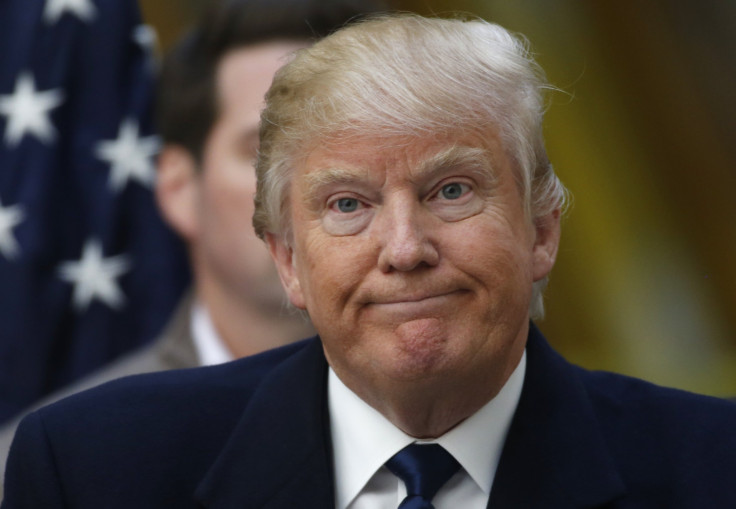Questions about torture, how to handle terrorists raised after report reveals CIA photographed suspects naked

Ghandi once said ‘an eye for an eye leaves the whole world blind.’ It was a slice of wisdom that would encourage many to turn the other cheek when tempted by revenge. However, when the subject of concern is an enemy of war, does -- or should -- such prolific wisdom become forgotten?
The Guardian has revealed in a new report that the United States’ Central Intelligence Agency (CIA) had taken naked pictures of prisoners that were sent to foreign countries for torture plans following September 11.
Part of the government’s top secret “extraordinary rendition programme”, which saw foreign terrorist suspects transferred to US-run facilities located outside US sovereign territory, the classified images show the prisoners in vulnerable states, pictured bound, naked, bruised and blindfolded.
It is unclear how many of the programme’s rendition targets were photographed naked, but in an environment where some of the world’s most notable terror suspects are today killed during their act of terrorism, or gunned down by police as they are hunted down, the CIA’s use of ‘sexual humiliation’ raises questions regarding torture techniques on terrorism suspects post-9/11.
Human rights laws forbid the photography of prisoners, except in extremely limited circumstances, and activists say the images are considered war crimes.
“It’s cruel, inhumane and degrading treatment as a minimum and may constitute torture,” Dr Vincent Iacopino, the medical director of Physicians for Human Rights told The Guardian.
“Photographing or videotaping detainees in US custody unrelated to the processing of prisoners or the management of detention facilities can constitute a violation of the laws of war, including the Geneva conventions, in some cases,” Nathaniel Raymond, a researcher at the Harvard Humanitarian Initiative and an expert on detainee abuse, added.
America’s brutal treatment of terrorism suspects dates back to the Clinton administration, with President Bush’s government overseeing various methods of torture including waterboarding and sleep deprivation on prisoners of war. His lawyers had found loopholes in laws such as the federal torture statute and the Detainee Treatment Act, and had referred to Bush’s techniques as ‘enhanced interrogation.’
In 2014, a report investigating torture in CIA detention centres that was undertaken by the Senate Intelligence Committee found that Guantanamo Bay and Cobalt were among the prisons that employed waterboarding and rectal rehydration, and forced detainees to stand for hours, putting pressure on broken limbs.
The report, led by Dianne Feinstein, was sponsored by Barack Obama in his bid to change the agenda when it came to detaining terrorists. In a seven-year battle, Obama banned waterboarding in 2009 and vowed to close Guantanamo Bay. However, there is a likelihood that Guantanamo Bay will remain open after he leaves office.
“For many years it’s been clear that the detention facility at Guantánamo Bay does not advance our security,” Obama said in a White House conference, “It undermines it.”
However, a potential lead runner for the US presidency holds completely opposing views. Republican frontrunner Donald Trump has experienced strong backlash following his vocal opinions about how terrorists should be imprisoned and interrogated.
“You look at the Middle East, they’re chopping off heads, they’re chopping off the heads of Christians and anybody else that happens to be in the way, they’re drowning people in steel cages, and now we’re talking about waterboarding… It’s fine, and if we want to go stronger, I’d go stronger too,” Trump said during a Republican debate.
Trump has explained that if elected, he would instruct families of terrorism detainees to be targeted. He also suggested he would reinstate waterboarding with a harsher ferocity. Both of these ideas violate international laws, including the Geneva convention.
Trump has, however, since said he will abide by the law as President.





















